How to Use Algorithms to Identify Suspicious Activity in Real-Time
The growth of fraudulent activity poses a significant threat to businesses in today's increasingly digital environment. The techniques fraudsters use are continuously evolving—making it difficult for traditional rule-based systems to stay up, as the estimated corporate revenue lost to fraud stands at $4.7 trillion globally every year. Employing increasingly advanced and dynamic fraud detection techniques have become essential. Machine learning is the most promising technology tool to combat financial fraud.
Businesses will be able to create real-time fraud detection systems that continually analyze incoming transactions or events by implementing ML algorithms. Based on observed patterns—these systems determine the possibility of fraudulent conduct and, when suspicious behavior is found, provide alerts or take prompt action.
Let us walk you through how machine learning is used to spot fraudulent activities in real-time as we dig into the intriguing area of machine learning in this blog. We will first try to understand What fraud detection is and what are the models and algorithms for detecting fraud using machine learning.
Understanding fraud detection
Fraud is a deliberate and deceptive act carried out to deceive or manipulate others for personal gain or advantage. Fraud will take various forms—such as financial fraud, identity theft, insurance fraud, credit card fraud, or online scams. It often involves false information, forged documents, or the manipulation of records and transactions to deceive victims or exploit vulnerabilities.
Fraud detection is the process of spotting and stopping fraudulent conduct in a number of sectors, including banking, insurance, e-commerce, and telecommunications. It involves using cutting-edge technology and analytical techniques to look for patterns, anomalies, and suspicious behavior that must indicate fraudulent intent or behavior.
The goal of fraud detection is to shield individuals, businesses, and organizations from financial losses, harm to their reputations, and other bad effects brought on by fraudulent activity. Systems for detecting fraud assist in reducing risks and enabling proactive intervention by quickly recognizing and looking into questionable transactions or behaviors.
Models and algorithms for detecting fraud using machine learning
Detecting fraudulent actions is vital, and machine learning models and algorithms play a critical role in accomplishing this.
Here are some widely used fraud detection methods and algorithms:
Supervised learning—Supervised learning algorithms are a type of machine learning algorithm. These algorithms are created using datasets that contain labeled examples of both genuine and fake cases.
Models are trained with labeled data using supervised learning techniques—including logistic regression, decision trees, and random forests. To forecast the possibility of fraud in new situations—these models learn from past fraud events and their characteristics.
Unsupervised learning—Unsupervised learning is an alternative strategy that dispenses with labeled data. Clustering and anomaly detection are two examples of unsupervised learning methods used to find patterns or abnormalities in data without being aware of earlier occurrences of fraud. These algorithms identify transactions or abnormal behavior that deviates from typical patterns and indicate a sign of fraud.
Neural networks—Due to their capacity to understand intricate patterns, deep learning models, particularly neural networks, are useful in the identification of fraud. For tasks like image recognition and sequence analysis, respectively, convolutional neural networks (CNNs) and recurrent neural networks (RNNs) are often utilized. These techniques are used to identify fraud in a variety of fields.
Support vector machines—SVM is a potent classification technique that is frequently used in fraud detection. In order to identify fraudulent instances based on their distinctive properties, it divides data points into several classes using hyperplanes.
Additionally—a branch of machine learning called deep learning algorithms has increased the potential for fraud detection. Large-scale datasets include complicated linkages and complex patterns that will be captured by deep learning models like convolutional neural networks (CNNs) or recurrent neural networks (RNNs). This makes it possible for businesses to recognize minor fraud signs that are hard to spot using conventional techniques.
It's vital to remember that the selection of machine learning models and algorithms relies on a variety of elements—including the data at hand, the type of fraud trends, and the particular needs of the organization or sector.
The effectiveness and accuracy of fraud detection systems are greatly increased by implementing a mix of these models and algorithms, allowing businesses to stay one step ahead of fraudsters.
How to identify fraudulent activity in real-time using machine learning algorithms
For businesses in a variety of industries, fraud poses a serious issue. Since fraudsters' strategies are always changing—cutting-edge methods must be used to detect and stop fraud in real-time.
Let's explore how machine learning algorithms are used to spot fraudulent activity in real-time and talk about some important factors to take into account when putting such systems into place.
Right fraud detection software

Businesses need to consider and find the best fraud detection software. Real-time monitoring is a crucial feature—as it enables the software to analyze transactions and activity continually. It instantly notifies users of suspicious behavior or trends, allowing prompt action to stop further fraudulent activities.
For businesses who need to uncover fraud patterns and prioritize comprehensive fraud detection, seon is a precise, detailed, and completely customizable software to fit the demands of any vertical. The software offers detailed device fingerprinting tools, which create complete user profiles.
Additionally—it provides complete data enrichment based on email addresses, IP addresses, or phone numbers. The software will also search more than 50 social media and online networks to find relevant user information that will help reveal your customers' true intentions.
Data collection and preparation
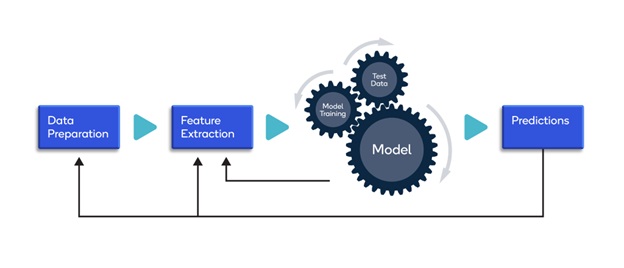
Collecting and organizing relevant data is the first stage in creating a real-time fraud detection system. Typically—transactional data, customer data, and any other data sources that are possibly a sign of fraud are gathered in this process. During this procedure, it is crucial to make sure the data are accurate, consistent, and of high quality. Creating a reliable dataset requires the use of data cleaning techniques. This involves removing duplicates, addressing missing data, and resolving outliers.
Feature engineering

In order to create fraud detection models that work—feature engineering is essential. It entails turning unstructured data into features that accurately represent the traits of fraudulent behavior. The ability to recognize pertinent elements at this level depends on domain expertise. Features contain things like transaction amounts, day of the week, geolocation, trends of consumer behavior, and many derived variables. Creating a broad range of features covering many facets of fraud is advised.
Model selection
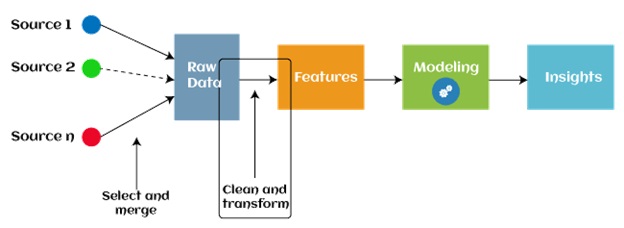
For successful fraud detection, selecting the right machine learning model is crucial. Logistic regression, decision trees, random forests, support vector machines (SVM), and neural networks are some methods that have demonstrated potential in this area. Ensemble techniques like gradient boosting and stacking will also enhance model performance. The model must be picked based on the organization's unique requirements, the type of data it will use, and the intended trade-off between accuracy and computing speed.
Real-time processing
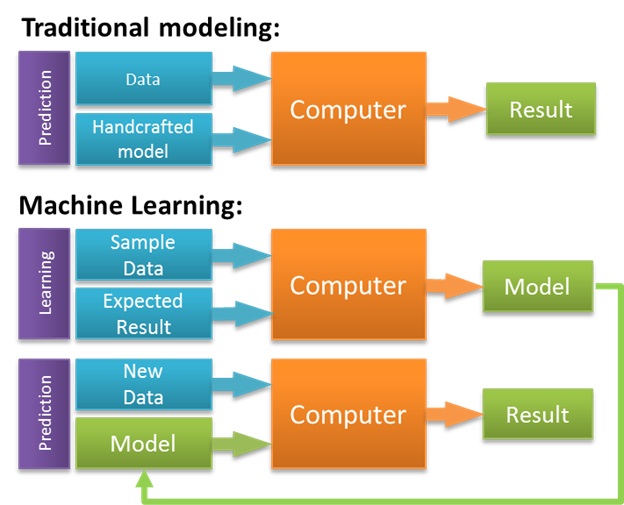
The capacity to quickly process incoming data streams is a need for real-time fraud detection. Stream processing frameworks must be used to handle high-velocity data in real-time. These frameworks offer fault tolerance, scalability, and parallel processing. System design, infrastructure, and deployment tactics must be carefully considered for real-time processing with low latency and high throughput.
Model training and updating
The model must be trained on recent data in order to detect new fraud patterns successfully. An incremental learning strategy must be used by regularly retraining the model with fresh data and maintaining the information from earlier training sessions. As a result, the model will instantly adjust to changing fraud tendencies. Enhancing the performance of the model constantly and resolving false positives and false negatives, it is imperative to develop a feedback loop between the detection system and fraud analysts.
Anomaly detection
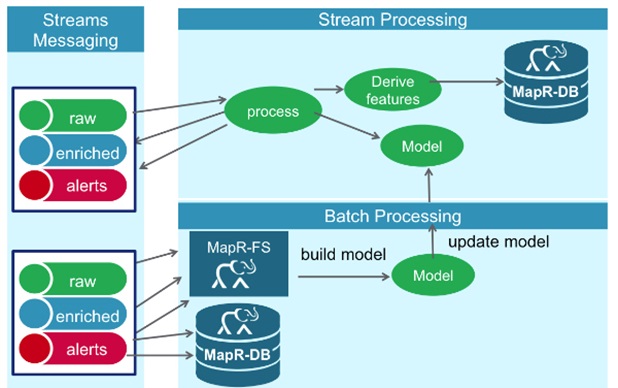
The ability to spot odd patterns that depart from normative behavior makes anomaly detection approaches useful in the fight against fraud. Real-time data anomalies are found using unsupervised learning methods like autoencoders and clustering. By creating a baseline of typical behavior, any differences must be marked as potentially fraudulent conduct. Anomaly detection complements conventional rule-based techniques by spotting cutting-edge and complex fraud efforts.
Model evaluation and monitoring

Regular model review and monitoring are required for the fraud detection system to be reliable and successful. Model performance must be evaluated using measures like accuracy, recall, and F1 score. It is vital to monitor the system's performance while in use, examine any false positives and false negatives, and adjust the model as necessary. The system's accuracy is maintained over time by monitoring data quality, feature drift, and model performance.
Integration with decision-making systems
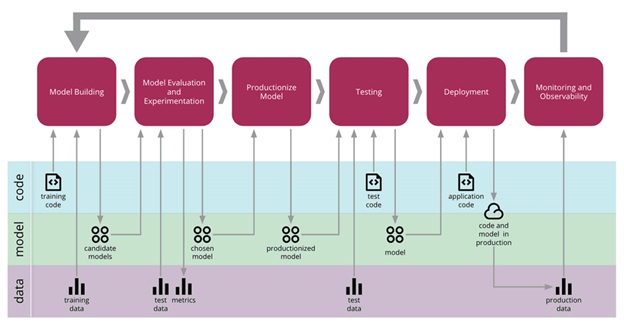
It's critical to take action quickly if a suspected fraud is discovered. A quick reaction—such as setting off alarms, preventing transactions, or starting a new inquiry, is made possible by integrating the fraud detection system with decision-making tools. Seamless integration enables real-time decision-making based on the results of ML algorithms—reducing reaction times and minimizing potential losses.
Using machine learning to identify fraudulent activity
Machine learning algorithms provide a potent tool for real-time fraud detection. These algorithms have the potential to swiftly spot suspect behavior by analyzing massive volumes of data and learning trends, allowing firms to take fast action.
The continuous development and improvement of machine learning algorithms hold great promise in preventing fraud and protecting businesses and individuals.
Author Bio
Surya Ranjan Pandita is a content marketer. He is always on the lookout for new optimization strategies and loves to create actionable content. Feel free to ping him on LinkedIn.

